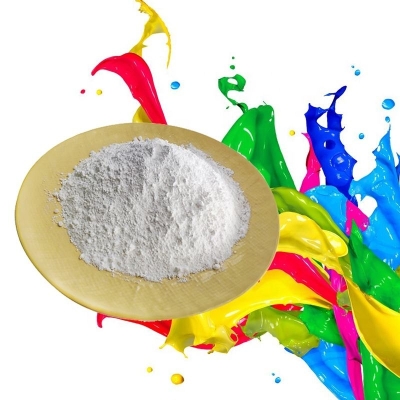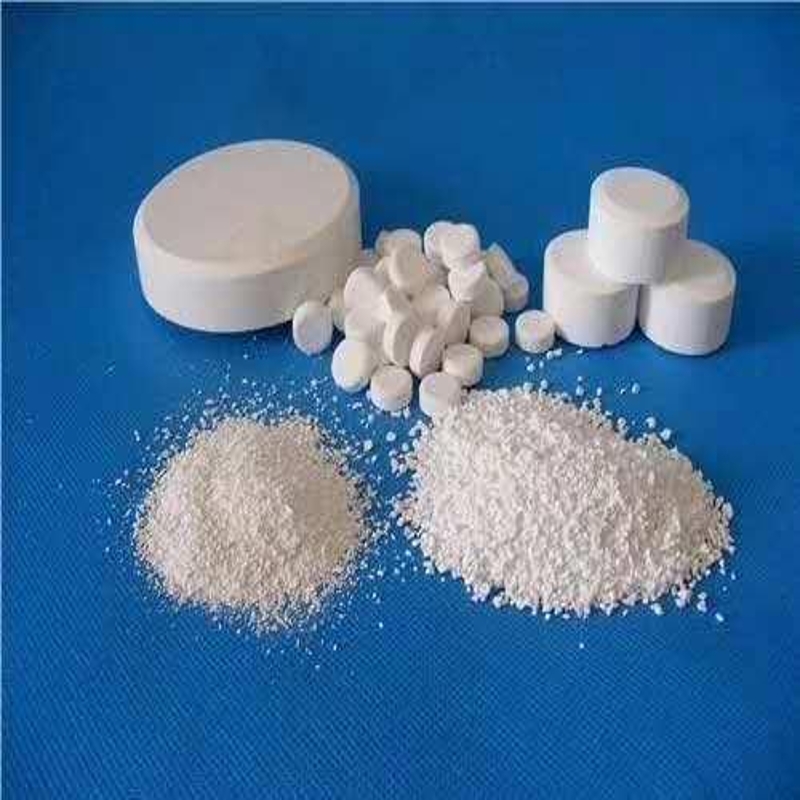-
Categories
-
Pharmaceutical Intermediates
-
Active Pharmaceutical Ingredients
-
Food Additives
- Industrial Coatings
- Agrochemicals
- Dyes and Pigments
- Surfactant
- Flavors and Fragrances
- Chemical Reagents
- Catalyst and Auxiliary
- Natural Products
- Inorganic Chemistry
-
Organic Chemistry
-
Biochemical Engineering
- Analytical Chemistry
- Cosmetic Ingredient
-
Pharmaceutical Intermediates
Promotion
ECHEMI Mall
Wholesale
Weekly Price
Exhibition
News
-
Trade Service
Global Chemicals Quick Review
Malaysia's demand for automotive engine oil will grow rapidly
According to the latest research report of Fredonia Group, during 2016~2021, Malaysia's demand for automobile engine oil will grow rapidly at an average annual rate
of 2.
9%.
According to the Fredonia Group, the significant increase in the number of vehicles in Malaysia and the increase in the average annual distance traveled by light vehicles, medium and heavy trucks and buses have led to a healthy increase in demand for automotive engine oil in
Malaysia.
Light vehicles account for 48% of Malaysia's automotive engine oil market demand, medium and heavy trucks and buses 34%, and motorcycles 8%.
In addition, Malaysian consumers also tend to follow the advice provided by OEMs to change the oil, which also supports demand
.
The Malaysian automotive engine oil market is dominated by BP, Chevron, ExxonMobil, Petronas and Shell
.
International investment banks raised their oil price forecasts for the sixth consecutive month
In March, some international investment banks raised their oil price forecasts
for the sixth consecutive month.
According to its forecast, with the decline in crude oil inventories and the rise of global geopolitical risks, the supply and demand conditions of the crude oil market will be more balanced
in the coming months.
At the end of March, a Wall Street Journal survey of 15 investment banks showed its average forecast for global benchmark Brent crude oil prices this year at $63 per barrel and the average forecast for the price of the US benchmark West Texas Intermediate (WTI) was close to $59 per barrel, both about $
1 higher than in February.
The investment banks also expect Brent prices to fall to around $61 a barrel next year and rise back to near $62 a barrel by 2020
.
The U.
S.
-China trade confrontation increases risks to the U.
S.
plastics industry
In response to the Trump administration's decision to impose 25 percent tariffs on about $50 billion worth of Chinese imports, China plans to impose 25 percent import tariffs
on 106 U.
S.
products.
U.
S.
products on the list include low-density polyethylene (LDPE), polyolefin elastomers and polyolefin plastics, polyvinyl chloride (PVC) resins, polyamide 66 resins, aromatic and semi-aromatic polyamides and their copolymers, epoxy resins
.
According to the American Chemistry Council (ACC), China is one of the most important trading partners of the U.
S.
chemical industry, accounting for 11 percent of U.
S.
plastic resin products imported into the United States in 2017, worth $3.
2 billion
.
China's list of planned tariffs on U.
S.
exports would threaten the U.
S.
plastics and chemical industries
.
Global chemical production continues to be weak
Statistics from the American Chemistry Council (ACC) show that the growth rate of global chemical production remained weak
in February this year.
Global chemical production fell 0.
8% in February after an increase of 0.
3% in December and an adjusted decline of 0.
7%
in January.
ALL DATA ARE BASED ON A THREE-MONTH MOVING AVERAGE (3 MMA).
Global chemical production growth in February was in North America, Europe, Africa and the Middle East, while Latin America and Asia-Pacific showed a downward trend
.
Global CPRI rose 2 percentage points year-on-year in February to 114.
3%
of the 2012 average.
Capacity utilization in the global chemical industry fell 0.
8 percentage points to 84.
5% in February, down from 85.
1% in February last year and below the long-term average of 86.
5%
from 1987 to 2017.







